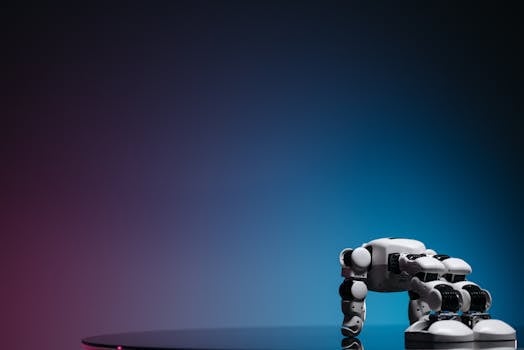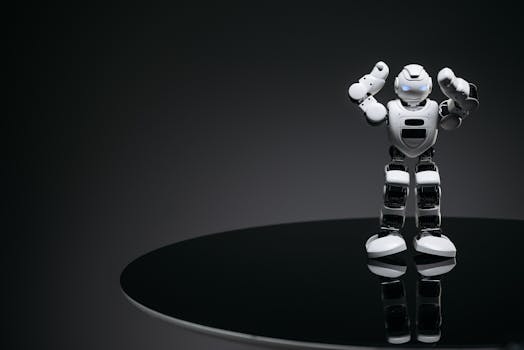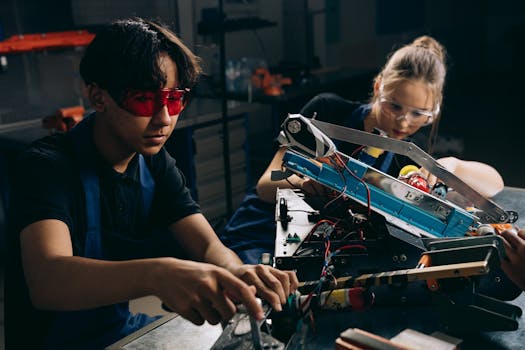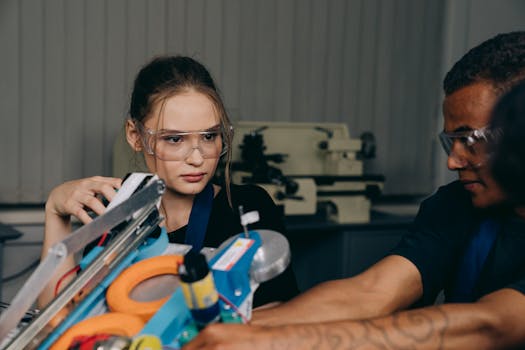
Transforming the Future: Innovations in Robotics and Their Mechanical Components
Takeaways:
- Robotic innovations are revolutionizing various industries.
- Key mechanical components include actuators, sensors, and control systems.
- Applications range from manufacturing to healthcare and beyond.
- Future trends point towards increased collaboration between humans and robots.
Robotics is a field that has seen tremendous growth and innovation in recent years. As we delve deeper into the 21st century, robotics is not just a concept of the future; it is a crucial part of our present. From manufacturing to healthcare, the impact of robotics is profoundly felt across various sectors. In this article, we will explore the innovations in robotics and their mechanical components that are driving this transformation.
Understanding Robotics Innovations

One of the most notable innovations is the development of collaborative robots, or cobots. These robots are designed to work alongside humans, enhancing productivity while ensuring safety. For instance, in manufacturing environments, cobots can assist workers with heavy lifting or precision tasks, allowing humans to focus on more complex responsibilities.
Moreover, advancements in machine learning and computer vision have enabled robots to perceive their surroundings more effectively. This has led to the creation of autonomous robots capable of navigating complex environments, such as drones used in agriculture for crop monitoring and delivery services.
Key Mechanical Components in Robotics

1. Actuators
Actuators are the muscles of a robot, converting energy into motion. They are critical for enabling robots to perform tasks and interact with their environment. There are various types of actuators, including electric, hydraulic, and pneumatic actuators. Electric actuators are commonly used in robotics due to their efficiency and precision.
2. Sensors
Sensors allow robots to gather information about their environment. They can detect light, temperature, distance, and even the presence of objects. This sensory feedback is crucial for robots to make informed decisions and respond appropriately to their surroundings. For example, lidar sensors are widely used in autonomous vehicles to create real-time maps of the environment.
3. Control Systems
Control systems are the brains of a robot, determining how it operates based on sensor input and programmed algorithms. Advanced control systems employ AI and machine learning to optimize performance and enable robots to learn from their experiences.
4. End Effectors
End effectors are the tools or devices at the end of a robotic arm that interact with the environment. They can be grippers, welders, or specialized tools designed for specific tasks. The design of end effectors is crucial for the versatility and functionality of robots in various applications.
Applications of Robotics Innovations

In healthcare, robots are transforming patient care by assisting in surgeries, delivering medications, and even providing companionship to elderly patients. Telepresence robots enable doctors to consult with patients remotely, improving access to healthcare services.
Other fields, such as agriculture, logistics, and even space exploration, are leveraging robotic technologies to enhance productivity and safety. Autonomous tractors, drones for crop monitoring, and robotic arms for assembling spacecraft are just a few examples of how robotics is being utilized.
Conclusion








